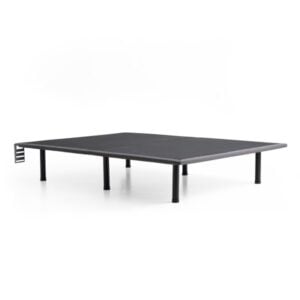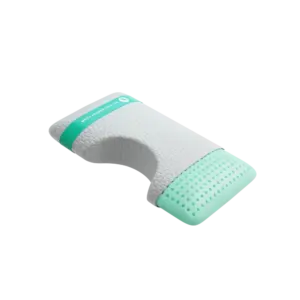How to Use an Air Mattress as a Raft: 5 Essential Tips
Can you use an air mattress as a raft? This intriguing question often surfaces among adventurous campers and outdoor enthusiasts. The answer is a qualified yes! While air mattresses are primarily designed for a good night’s sleep, they can serve as makeshift rafts under the right conditions. However, caution is paramount. Understanding the air mattress’s thickness and material is crucial for safety.
Understanding the Basics: Can You Use an Air Mattress as a Raft?
Before plunging into the water, it’s crucial to comprehend the nature of air mattresses. Generally made from synthetic materials like PVC (polyvinyl chloride) or TPU (thermoplastic polyurethane), these mattresses possess buoyant properties akin to pool floats. While they can float, keep in mind that they aren’t built to withstand rough water conditions or heavy loads.
Air mattresses excel at providing comfort on the ground, but they can also be handy in situations where a temporary flotation device is necessary. Knowing their limitations will help you make informed decisions when using them on water.
Key Considerations When Using an Air Mattress on Water
1. Short-Term Use Only
Air mattresses are intended for temporary flotation. Prolonged exposure to water can lead to degradation, especially if the mattress is subjected to harsh conditions. Always inspect the mattress for leaks before use, and be vigilant for punctures or abrasions once on the water.
2. Material and Durability
While air mattresses offer comfort for sleeping, their materials aren’t suited for rafting. Elements like waves, rocks, or sharp objects can easily damage them. Ensure your mattress is fully inflated, as proper inflation increases stability and buoyancy.
3. Safety Is Paramount
When considering how to use an air mattress as a raft, safety must be your primary concern. Always ensure your mattress is fully inflated. By doing so, you’ll improve buoyancy, making it less likely to capsize. If you notice any leaks, do not venture onto the water.
Expert Advice on Air Mattresses as Rafts
As Ben Trapskin, creator of Yawnder, emphasizes, While air mattresses can float, they are not a substitute for proper watercraft. Always prioritize safety and opt for actual rafts or boats whenever possible.
This leads us to some critical safety considerations to adhere to while enjoying your time on the water.
Essential Safety Tips When Floating on an Air Mattress
– Choose Calm Waters: Air mattresses are best suited for calm, shallow areas, like pools or serene lakes. Avoid any locations with strong currents, waves, or potential sharp objects that could puncture the mattress.
– Fire Safety Precautions: Although it may seem unrelated, fire safety is crucial. Since many air mattresses are made from PVC, which is flammable, keep it away from campfires or other heat sources when near water.
Preparing Your Air Mattress for Water Use
Using an air mattress as a raft can be enjoyable, but preparation is vital to ensure a safe experience. Here’s how to get started:
1. Inspect for Damage: Carefully examine your mattress for any signs of wear, like punctures or worn seams. Even tiny holes can result in deflation, putting you in a precarious situation.
2. Ensure Proper Inflation: A well-inflated mattress maximizes buoyancy, providing better support on the water. Inflate using a pump and check for air leaks after inflation.
3. Select the Right Location: Choose calm and shallow water for your floating adventure. Pools or tranquil lakes are ideal. Avoid areas with potential hazards.
4. Secure Your Gear: If you plan to bring personal items along, use waterproof bags and secure them to the mattress. This will help maintain balance and protect your belongings from getting wet.
5. Test Stability: Before fully committing, test the mattress’s stability in shallow water. Gently place it on the surface and climb on to ensure it handles weight and movement safely.
Final Thoughts
While using an air mattress as a raft can be a fun and creative way to enjoy floating on water, always prioritize safety and understand your mattress’s limitations. “Treat this as an entertaining, short-term activity instead of a reliable means of transportation,” advises Ben Trapskin of Yawnder.
For more insights on choosing the best mattress for your needs, visit Yawnder’s detailed mattress reviews. With careful preparation and safety in mind, you can enjoy a unique water experience while making the most of your air mattress!













